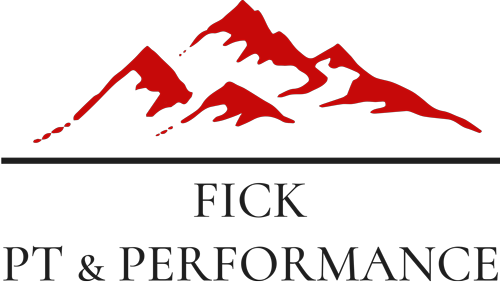As a skier, you know the thrill of conquering the slopes, the rush of cold air against your face, and the sense of freedom as you glide over the snow.
But with this exhilarating sport comes the risk of injury, particularly to the knees.
If you’re reading this, chances are you’ve experienced that wrenching moment of pain that turned your dynamic activity into a source of constant discomfort.
Knee pain after skiing isn’t just a physical setback; it’s an emotional hurdle, dampening the spirit of adventure and freedom you cherish. But remember, this pain is not the end of your journey.
It’s a challenge to overcome, and with the right approach, you can return to the slopes stronger and more resilient.
Understanding Knee Pain After Skiing
Knee injuries while skiing often occur due to the dynamic and high-impact nature of the sport.
The knees act as shock absorbers, dealing with forces as you navigate turns and jumps.
Common causes of post-skiing knee pain include ligament sprains (like ACL or MCL injuries), meniscus tears, and strains or sprains of the knee muscles.
These injuries can result from sudden twists, falls, or even prolonged pressure during a long day of skiing.
The impact extends beyond physical pain, potentially leading to a loss of confidence, frustration, and the fear of not being able to ski again with the same vigor.
4 Key Exercises To Treat Knee Pain After Skiing
Quad Sets for Knee Stability:
Strengthening your quadriceps is crucial for knee support.
Sit with your legs extended. Tighten the muscle on the top of your thigh, pushing the back of your knee toward the floor.
Hold this contraction for 5 seconds, then release. Repeat 10-15 times for each leg, twice daily.
This exercise helps stabilize the knee and prevents further injury.
Hamstring Curls for Flexibility:
Strong and flexible hamstrings are vital for knee health.
Lie on your stomach, with your legs straight. Slowly bend one knee, bringing your heel towards your buttock. Keep the movement controlled. Hold at the top for a few seconds, then lower your leg back down.
Perform 10-15 reps for each leg, increasing resistance as you improve.
Calf Raises for Enhanced Stability:
Your calf muscles play a significant role in knee stabilization. Stand straight, feet shoulder-width apart.
Slowly raise your heels, shifting your weight onto your toes.
Hold the peak position for a second, ensuring a smooth and controlled movement, then lower back down.
Aim for 10-20 reps.
This exercise not only strengthens your calves but also improves your balance, crucial for skiing.
Straight Leg Raises for Overall Strength:
This exercise targets the quadriceps and hip flexors, supporting the knee joint.
Lie on your back, one leg bent at the knee, foot flat on the floor. Keep the other leg straight and raise it to the height of your bent knee.
Hold for a few seconds, engaging your thigh muscles, then lower it slowly.
Do 10-15 reps for each leg. This exercise is pivotal for building strength in the muscles that support your knee.
Conclusion: Your Path to Recovery and Empowerment
Experiencing knee pain after skiing can feel disheartening, but it’s crucial to remember that this is a temporary setback.
With dedication and the right exercises, you can recover and return to skiing with confidence.
At Fick PT & Performance, we understand the challenges athletes face and are dedicated to empowering you through your recovery journey.
This month, we’re offering a special promotion: 50% off knee pain assessments for skiers. Don’t let knee pain hold you back.
Call us at (720) 480-2866 or visit Fick PT & Performance to learn more about how we can help you conquer your pain and reclaim the slopes.
Other Free Resources For Knee Pain
Read Our Blog – Science Of Gait Analysis For Runners
Read Our Blog – The Role Of Physical Therapy In Post-Injury Recovery
Follow Us on Instagram

